Tea with lavender, beneficial properties, recipes, contraindications
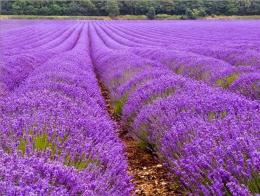
Lavender is an amazing gift from nature to people. Everything about it is perfect: shape, color, taste, and aroma.
To all the qualities of the flower is added the ability to treat diseases of the nervous system.
In moments of irritation or fatigue, simply drink lavender tea, the beneficial properties of which will gently calm your nerves and help you relax.
Content:
- Description of the plant, what substances it contains
- Beneficial properties of lavender tea, what taste it has
- In what cases is it recommended
- Recipe for tea with chamomile and lavender, why it is taken
- Ivan tea with lavender
- Collection and storage of lavender for tea
- How to dry lavender
- Can lavender be eaten?
- Contraindications for use
Description of the plant, what substances it contains
Lavender is an evergreen, spikelet-like plant. The upper part of the stem is covered with elongated small flowers in bright shades of blue or lilac. White and pink varieties are also found in nature.

The flowers of the plant are used to produce lavender oil, the organic components of which are used for various purposes:
- valeric acid - in folk medicine and pharmacology as a sedative;
- cineole - antiseptic and anti-phlegm;
- bornenol, geraniol - in perfumery to impart a rose aroma;
- tannin - medications for hemorrhoids and poisoning;
- ursolic acid - normalization of sugar and cholesterol levels;
- citral - indicated for hypertension and inflammatory processes.
Lavender is a storehouse of various natural flavors.
From the flowers of the plant one can distinguish: lavandulol, amyl alcohol, and the substance coumarin. The latter is used to flavor perfumes, baked goods and pipe tobacco.
For more details about lavender and its beneficial properties, watch the video:
Beneficial properties of lavender tea, what taste it has
It is difficult to describe the taste of spring, but this is exactly what tea with lavender tastes like. A little freshness enveloping the soft body of the main taste, a note of strong astringency, a spicy bitterness, and all this is covered with a veil of sweet aroma, leaving the same sweet aftertaste.
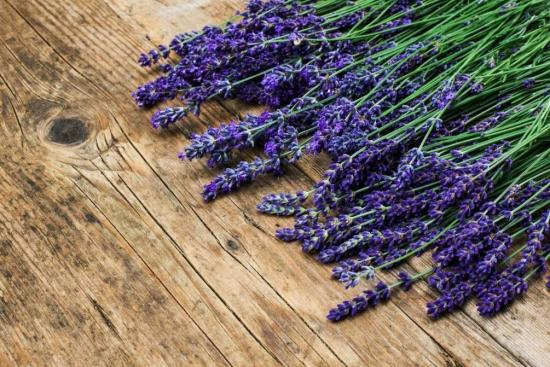
Gourmets advise combining dry lavender with classic varieties of black tea. In this combination, the taste and aroma of the plant is revealed most clearly.
In parallel with aesthetic pleasure, the flower has a beneficial effect on the human soul and health. In this case, the soul should be understood as the peace of mind and peace that comes after drinking a cup of fragrant tea.
More prosaic, but very useful properties of herbal tea with lavender:
- normalization of blood circulation;
- relieving migraine symptoms;
- anthelmintic effect;
- anti-inflammatory and bactericidal properties;
- eliminates flatulence and soothes stomach pain;
- relieves unpleasant symptoms of menopause.
External treatment of a wound or abrasion with lavender infusion disinfects and starts the process of skin regeneration.
In what cases is it recommended
Queen Elizabeth I of England suffered from severe migraines. Her only salvation was lavender tea. Flowers stood in the queen's chambers; they scented her clothes and bed linen.
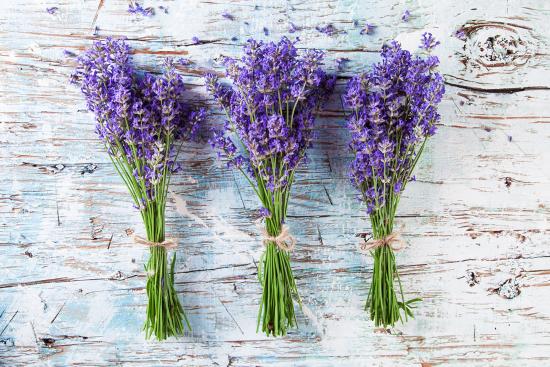
Today, lavender continues to be used as an antispasmodic, antidepressant and a drug that normalizes sleep.
Conditions for which the use of tea is indicated:
- anxiety, chronic stress, depression;
- neurological headaches, migraines;
- nervous tic;
- insomnia and restless sleep;
- high blood pressure;
- decreased immunity;
- colds with high body temperature and muscle pain;
- equalization of hormonal levels in adolescents.
You can drink aromatic tea every day, in some cases it is even useful to repeat lavender tea twice a day.
The exception is cases of puberty, in which the amount of tea, in order to avoid hormonal disorders, must be normalized.
Let's watch a video about the use of lavender and the beneficial properties of lavender tea:
Recipe for tea with chamomile and lavender, why it is taken
Chamomile is an independent sedative and anti-inflammatory agent. The combination of flowers of two plants enhances the sedative effect.
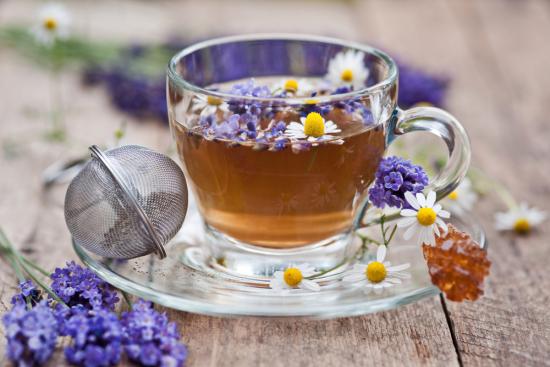 The optimal amount for tea is an equal amount of parts of medicinal flowers: a teaspoon of lavender and chamomile flowers is poured into a glass of boiling water and infused for 10 minutes.
The optimal amount for tea is an equal amount of parts of medicinal flowers: a teaspoon of lavender and chamomile flowers is poured into a glass of boiling water and infused for 10 minutes.
A cup of this tea before bed will ensure a quick fall asleep, restful sleep and a healthy good morning.
For anxiety, depression and nervous stress, you can drink this tea during the day.
Ivan tea with lavender
The collection of such a composition has a powerful sedative effect. Tea made from equal parts of these plants has a mild but long-lasting calming effect. You need to drink this drink slowly, in small sips.

By the end of the cup, your blood pressure will normalize, your heartbeat and pulse will level out, and your mood will improve.
In order to prepare a healing drink, you need to pour 2 teaspoons of the dry plant mixture into a glass of boiling water and leave to steep for 20 minutes. The tea turns out aromatic, rich and very pleasant to the taste.
Collection and storage of lavender for tea
Dried branches of the plant are used to make tea. There are some rules for collecting, drying and storing raw materials, compliance with which guarantees maximum preservation of vitamins and valuable essential oils in the flower.
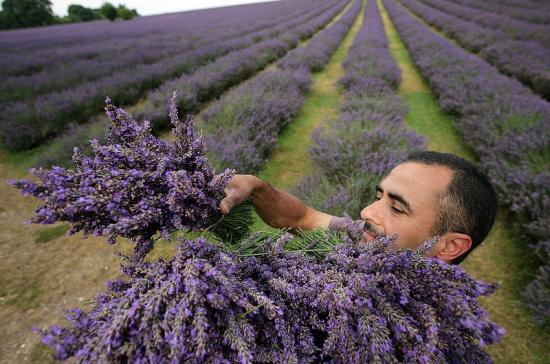
Collection Rule:
- At the end of June in Central Russia, half of the flowers bloom, and the second half are still closed. In other climatic zones, the middle of the flowering period occurs earlier. It is this time of half flowering that is optimal for harvesting.
- You need to cut off the green part of the stem, leaving the woody base intact.
- In order to maintain the maximum concentration of oils in the plant at the time of collection, you need to collect the branches at a time when the dew is still clinging to the flowers and stem.
How to dry
The stems cut with pruning shears or a sharp knife are sorted out, removing damaged parts. Next, the plants are collected into bunches of a diameter that fits in the palm of your hand.
The bundles are tied with threads or thin ropes and hung with the cut side up in a ventilated, dark, dry room.
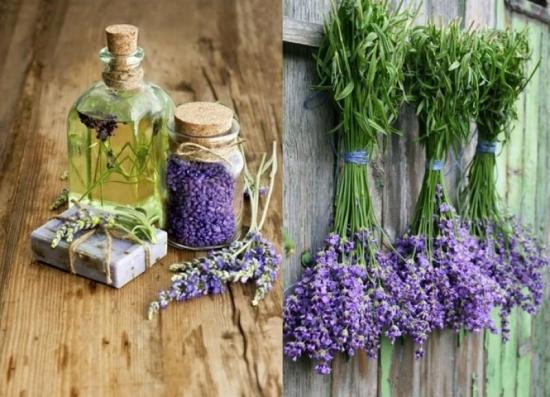
You can also dry the twigs by laying them out on a net in the open air. It should be borne in mind that direct sunlight will cause the color of the inflorescences to fade.
Burnt dried stems do not look so bright, but have all the beneficial qualities of the plant.
Can lavender be eaten?
Its spicy taste has made it one of the favorite condiments of French chefs.Dried, powdered herb is added to various types of meat dishes, confectionery products, and bread. You can sprinkle lavender spice on prepared dishes.
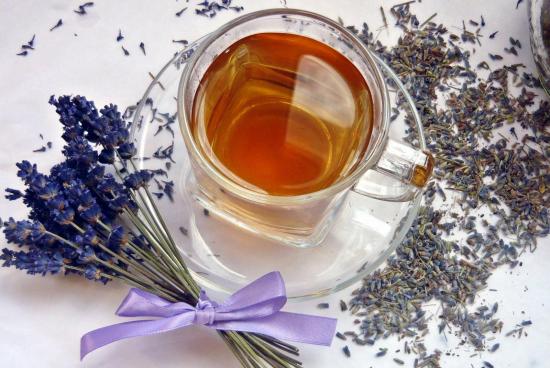
Flower stalks are added for flavor during the smoking process of sausages, fish and meat.
Fresh stems are added to salads, sauces, marinades and soups.
Candied flowers are used to decorate confectionery products. You can make jam from them, make mousses, jellies and marmalade.
Flowers should be used as a flavoring agent to flavor sugar. To do this, just close a sprig of lavender in a sugar bowl for a week.
Contraindications for use
The strong aroma and spicy components of the plant can cause allergies and other types of individual intolerance.
Rejection by the body may be accompanied by a rash, chills, vomiting and headache.
In addition, the reasons for refusing tea with lavender are:
- pregnancy, infancy and childhood;
- lactation period;
- liver pathologies;
- low blood pressure;
- increased acidity of gastric juice.
If the body reacts positively to the components contained in the plant, you need to adhere to a reasonable consumption rate.
Drinking lavender tea daily is beneficial, but not more than one or two cups.

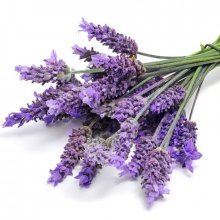
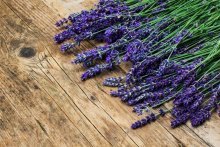
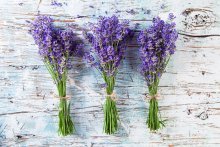
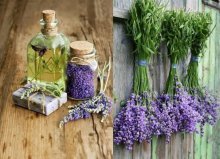

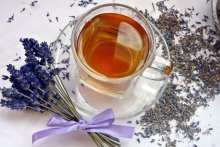

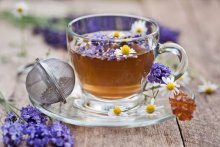
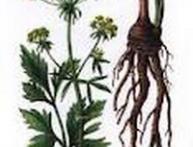
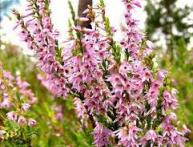
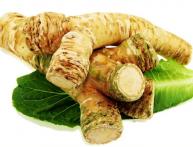
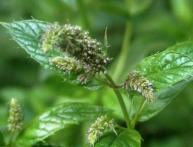
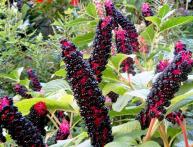
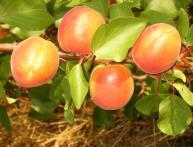
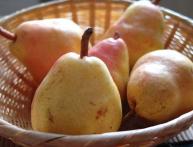
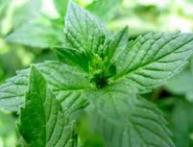
Comments
I haven’t tried tea with lavender yet, and I haven’t come across it on sale either. You will need to look for these flowers. True, I wouldn’t drink lavender tea with chamomile, because with frequent use, chamomile can cause a headache.
I love the smell of this plant, at home I always have one or two bunches hanging in the kitchen, I add it to tea a little less often, most often I add a little dry lavender when I brew green tea, it turns out very tasty if you add a little honey to this tea.
I don’t know where you can get lavender, I haven’t seen it in a pharmacy, you probably need to ask the grandmothers at the market, they know exactly everything, most often you can buy different types of herbs from them for decoctions.
I would not use lavender internally. I associate its smell with the smell of household chemicals, since many household chemicals are given its scent. Just a fad.